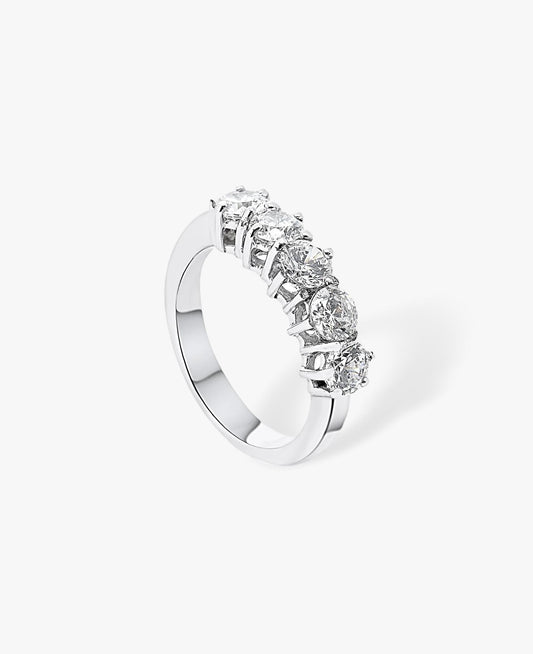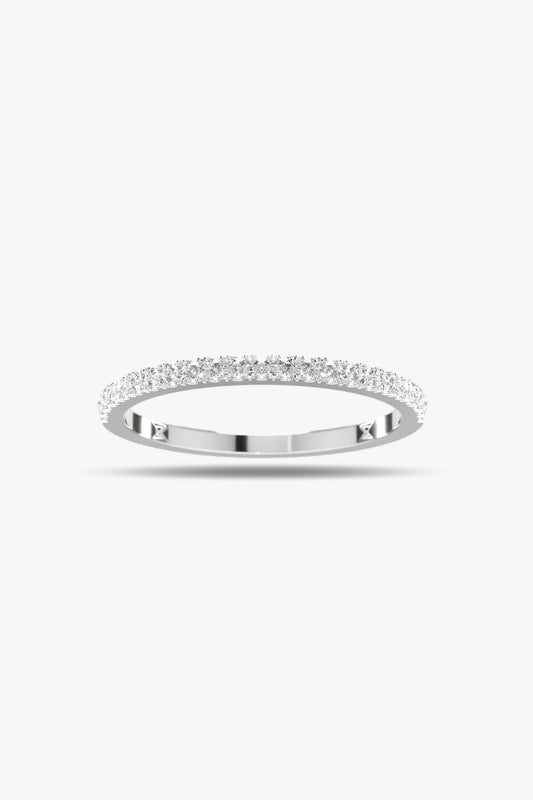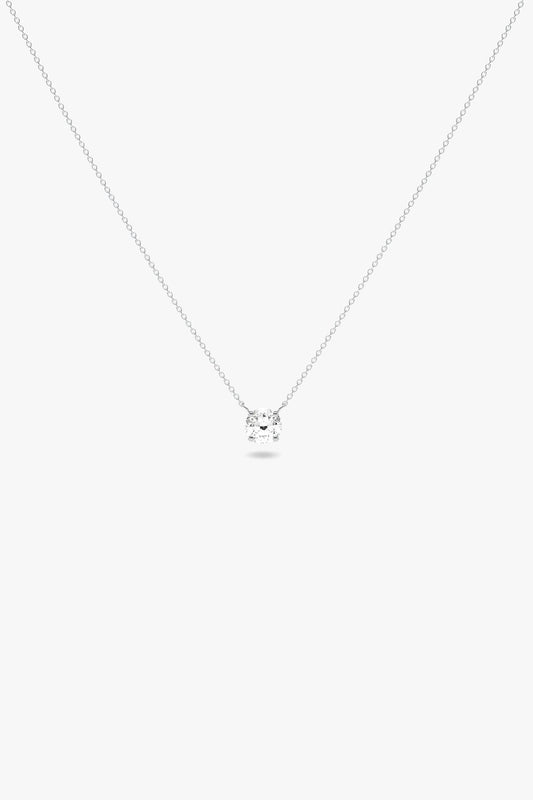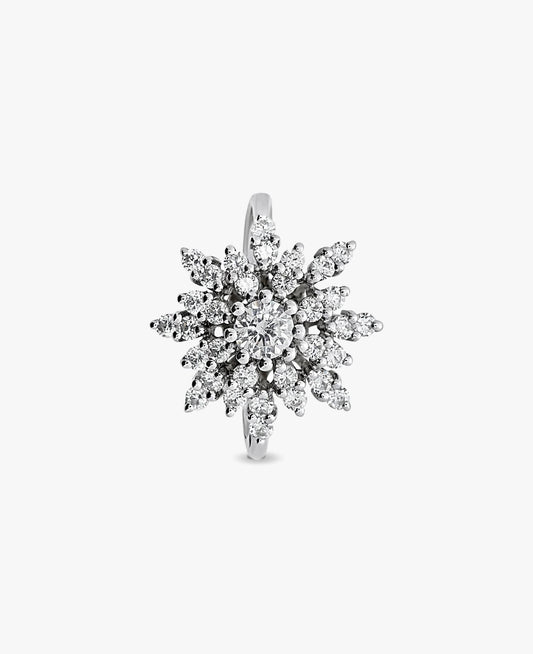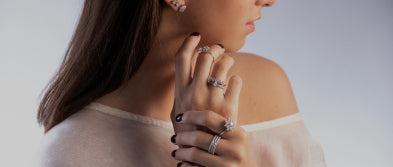Ars or ingenium? In every work of art a magical component is needed, something that allows the transmission of its creator’s deepest feelings, reflecting them with every brush stroke. But not everything is ingenium. The technique is the process that ties all the loose ends and weaves all the wickers to make it possible for the piece of art to be sustained.
That is why, the fabrication of every David Locco is the fundamental step to achieve unique jewels.
The design and creativity
The inspiration and brainstorming processes are always the most variable: there cannot be deadlines nor reins in imagination. In general, the idea for a project comes immediately, but it takes months and months to give the jewel a specific shape, and above all, to make the whole of its parts work when fabricating it.
In all our collections, the design phase has covered every sort of timelines, but always between five months to a year.
Our creatives make hand drawings that are remade time and again, translating the ideas that appear on their minds. After that, the sketches go to the graphic designers that create digital renders.
During those months, dozens of designs and renders are tried until there is one that works: it is very different to imagine a piece of jewellery than to make it fit perfectly and assure that every part is securely held. These difficulties are found above all in the claws of rings (as it is a very delicate part) and in earrings too, as they require not only the effectiveness of every piece, but also lightness. It is not uncommon to discard lots of options until the perfect one is found.

The manufacturing process in jewellery
Of course, the previous phase is done completely in reciprocal communication with jewellers: the artisan’s experience is essential. We always consult our expert jewellers if the designs created in our renders are feasible for production or not: it is a long process that requires constant correspondence, working side by side.
The jeweller takes the renders made by the graphic designers and creates new ones destined for manufacturing, with more technical details (such as the millimetres of the claws, the gold’s weight, etcetera). There are always different graphic representations of each part of the jewel.
After this, there are manufacturing trials. When a perfectly working design is found, the production of jewels destined for sale begins.
Each one of the several pieces is created in its respective cast. Next, a second wax cast is created with the design of the whole jewel with its details and it is produced in raw gold. Every part is shaped and polished separately, then they are assembled and joined together.
Following the assembly, the setting begins: diamonds are chosen by hand, choosing the ones who look most alike (as they can vary slightly in colour, weight, etcetera), taking as many as required to manufacture the jewels, always looking for uniformity (especially in pieces with pavé set diamonds). After the setting, the rings move over to another department that polishes them.
Polishing is very important as the setting can cause microfissures in the jewels, that is why the piece should be re-polished, so it is completely smooth. This is a challenging task that requires a lot of thoroughness: there are a lot of sets, angles, claws… that make the whole course more difficult.
When the polishing ends, the metals are plated: if it is white gold, there is a double rhodium bath that fixes its colour, makes it long lasting and eliminates any kind of fissure. If the gold is rose or yellow, there is no need for a bath: the material is once again polished to elevate its shine and natural colour. For silver, if it is coloured, it is gold-plated in 18k or 24k gold (depending on the colour wanted), if it is white silver, it is gold-plated in white gold and bathed in rhodium. It is important that silver jewellery be treated previously to the plating, as silver is a porous material and needs a previous treatment to guarantee a long lasting colour.
Subsequently, they undergo quality control and if everything is in place, the jewel is contrasted: this part of the process is usually less known. It consists of punching slightly the interior of the ring or jewel, certifying its optimus quality.
Finally, the name of David Locco is engraved on the interior side of the piece.
The time it takes to complete the manufacturing varies according to the type of jewel. For example, our Deep In Love collection rings take about 20 days each to be produced, but just one Baobab earring can take up a whole month of work.

Sustainable materials of excellent quality
Our designs are always meticulously cared for and every piece is handmade with materials of excellent quality.
We use sustainable gold: this metal is recycled from other jewels that have been discarded (for lack of use, to get back its price, etcetera) in gold trading businesses. We give it a new life, melting it to create new pieces full of vitality.
For our recycled sterling silver we do the same: it is a way of reusing the materials the Earth has provided us with, avoiding its unnecessary exploitation.
All of our diamonds are lab-created, ecological and have a zero carbon footprint. We have the honour of being the first high jewellery brand in the world to be certified by the IGI for the exclusive use of sustainable diamonds, which in addition, have an optimus quality: we work with qualities D, E and F in colourless diamonds, the best ones to be found in the market.
In the David Locco universe we believe in absolute traceability and sustainability. If anything characterises us is the union between the beauty of ethical luxury and the utmost transparency.
